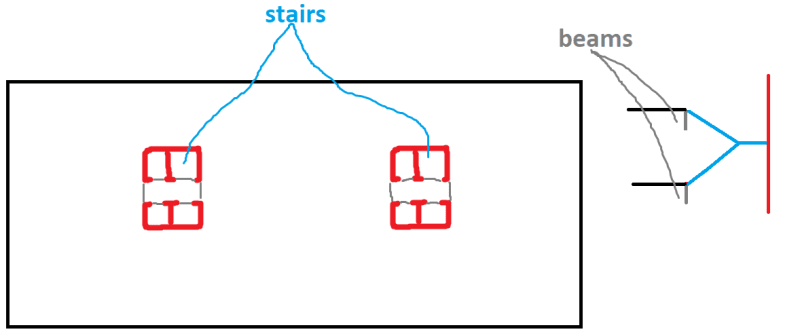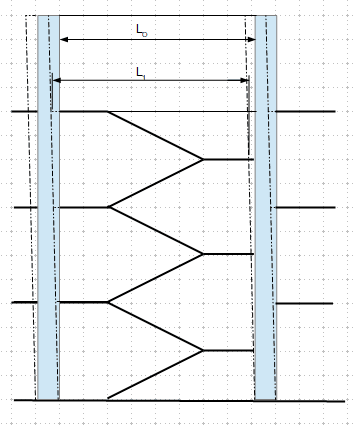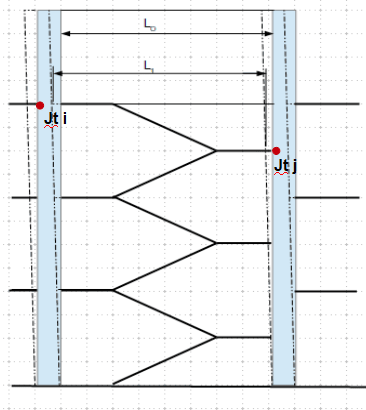notpasible
Structural
- Nov 29, 2020
- 3
Greetings everyone!
I am fairly new to the industry and have little knowledge about the usual practice in designing structures. I am confused about how staircases should considered in structural engineering softwares. Should they be modelled as inclined shells, as a flat horizontal membrane, or by just simply leaving it as an opening (apply loads on adjacent beams)? Is it a case to case basis, and if so, when should we model staircases for each type and why?
I am looking forward to your recommendations, thank you.
I am fairly new to the industry and have little knowledge about the usual practice in designing structures. I am confused about how staircases should considered in structural engineering softwares. Should they be modelled as inclined shells, as a flat horizontal membrane, or by just simply leaving it as an opening (apply loads on adjacent beams)? Is it a case to case basis, and if so, when should we model staircases for each type and why?
I am looking forward to your recommendations, thank you.




